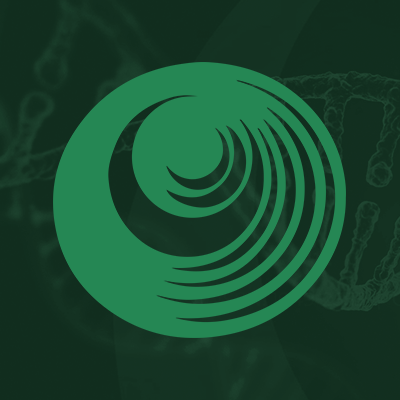Abstract
Kazuhiro Kitajima1, Masaya Okada2, Kyoko Yoshihara2, Tazuko Tokugawa2, Akihiro Sawada2, Satoshi Yoshihara2, Hiroya Tamaki2, Yoshihiro Fujimori2, Syuji Ueda3, Hiroyuki Kawamoto4, Junichi Taniguchi5 and Koichiro Yamakado5
1 Division of Nuclear Medicine and PET Center, Department of Radiology, Hyogo College of Medicine, Nishinomiya, Hyogo, Japan
2 Division of Hematology, Departments of Internal Medicine, Transfusion Medicine and Cellular Therapy, Hyogo College of Medicine, Nishinomiya, Hyogo, Japan
3 Department of Hematology, Hyogo Prefectural Nishinomiya Hospital, Nishinomiya, Hyogo, Japan
4 Department of Hematology, Uegahara Hospital, Nishinomiya, Hyogo, Japan
5 Department of Radiology, Hyogo College of Medicine, Nishinomiya, Hyogo, Japan
Correspondence to:
| Kazuhiro Kitajima, | email: | ka-kitajima@hyo-med.ac.jp |
Keywords: non-Hodgkin lymphoma; PET-CT; progression-free survival
Received: May 27, 2019 Accepted: July 05, 2019 Published: September 10, 2019
ABSTRACT

